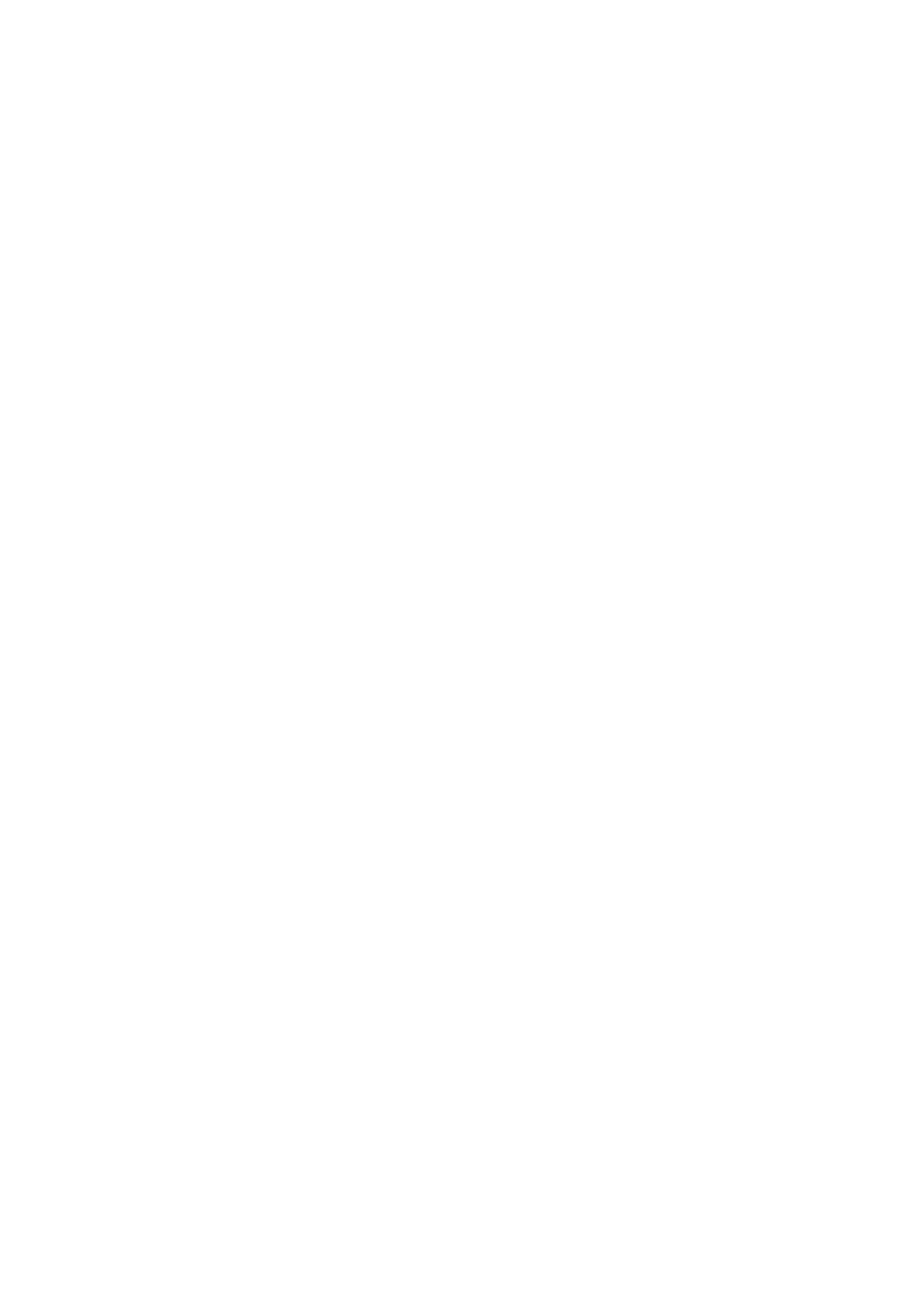

GOVERNANCE
Queensland Art Gallery Board of Trustees Annual Report 2013–14 71
Risk management and accountability
The Gallery’s risk management process led by the Audit and
Risk Management Committee identified the major strategic
risks facing the Gallery as financial constraints limiting the
Gallery’s ability to deliver exhibitions and programs, loss or
damage to the Collection, and management of the Gallery’s
reputation. Strategic risks are addressed by the Board, while
operational risks are addressed by individual managers. The
findings of risk assessment inform the Gallery’s broader
planning processes.
Internal audit
An internal audit function is carried out on behalf of the
Board of Trustees by the Corporate Administration Agency.
The internal audit function is independent of management
and the external auditors.
The role of the internal audit function is to:
a) Appraise the Gallery’s financial administration and its
effectiveness with regard to the functions and duties
imposed on it by Section 61 of the
Financial Accountability
Act 2009
.
b) Provide value-added audit services and advice to the Audit
and Risk Management Committee and the Gallery on the
effectiveness, efficiency, appropriateness, legality and
probity of the Gallery’s operations.
The internal audit function operates under a charter consistent
with relevant audit and ethical standards and is approved
by the Audit and Risk Management Committee. The internal
audit function has due regard to Queensland Treasury’s Audit
Committee Guidelines.
A Strategic Audit Plan and an Annual Audit Plan are approved
by the Audit and Risk Management Committee each year
in order to ensure that the internal risk process focuses
on the areas of greatest potential risk to the Gallery.
The effectiveness of the internal audit function is subject
to monitoring by the Audit and Risk Management Committee.
Costs are minimised by using internal auditors from the
Corporate Administration Agency as part of a shared service
arrangement, and by concentrating on areas of greatest risk
to the Gallery.
The internal audit function completed an independent audit
on revenue management in the Gallery’s cafes and restaurants
in 2013–14.
External scrutiny
The Queensland Art Gallery Board of Trustees was not subject
to any new external audits or reviews during the financial year
(other than the audit report on the financial statements).
In October 2013, the Queensland Audit Office tabled a
follow-up report to
The Report to Parliament No. 9 for 2011:
Acquisition and Public Access to the Museum, Art Gallery and
Library Collections
. The follow-up report made no adverse
findings and the Gallery was found to have fully implemented
the three applicable recommendations. The report noted
that good progress had been made in relation to common
recommendations applicable to Arts Queensland and the
Arts Statutory Bodies that were the subject of the report, but
advised that further work was needed to fully address cultural
tourism objectives, storage and digitisation of collections, and
the full implementation of the Cultural Precinct Strategy.
As a key partner in the delivery of the
Cultural Precinct
Strategy
and
Queensland Cultural Precinct Draft Master Plan
,
the Gallery continues to work productively and collaboratively
with precinct partners to deliver cross-precinct programming
and to address longer-term planning and infrastructure issues.
Public Sector Renewal Program
The Gallery has actively engaged with the Public Sector
Renewal Program and continues to review vacancies and
requirements for temporary staff and contractors within
QAGOMA’s overall staffing profile. As required, the Gallery
forwarded permanent and temporary vacancies greater
than 12 months to the Public Service Commission to identify
suitable roles for Queensland Government employees
requiring placement.
Carers (Recognition) Act 2008
The Gallery recognises that carers make a significant
contribution to the economic and social wellbeing of the
community. The Gallery supports carers in its workforce by
providing fexible working hours. The Gallery reviewed its
Work–Life Balance Policy in June 2013, which now includes
further information on a range of options supporting carers
in the workplace. Related information sessions were offered
to supervisors and staff in March and April 2014 on working
hours and leave entitlements.
















